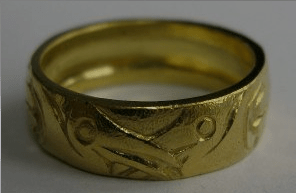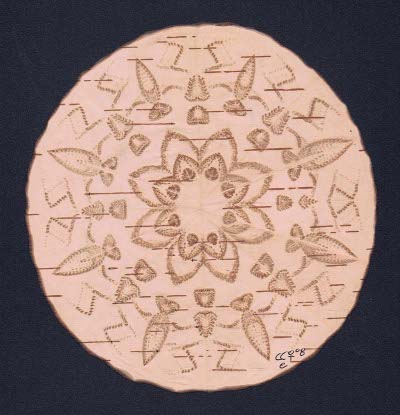I once heard someone claim that “aborigine” was a racist term for First Nations people. By analogy to “abnormal,” he interpreted “aborigine” to mean “not of the same origins,” and refused to believe me when I said it was simply Latin for “from the beginning” – that is people who have always lived in a land. However, after doing a little digging, I believe that he may have been right for the wrong reason.
I had always assumed that “aborigine” was a word coined by the builders of the 19th Century European empires. Recently, however, I found that the word was used by the Romans themselves since at least the start of the common era.
The best known use of the word is by Virgil in the Aeneid to refer to the original inhabitants of Italy. As you may know, the Aeneid gives Rome’s ruling class a heroic ancestry, making them the descendants of the Trojan hero Aeneas, who fled the sack of Troy by the Greeks and lengthy wanderings and adventures, settled in Italy. The Aborigines were the local people Aeneas found there, fought with, and eventually dispossessed.
Besides this myth of origins, “aborigine” also seems to have used outside of literature to refer to the city states and cultures around Rome that were conquered during republican times. Eventually, these cultures would absorb Roman culture and receive full rights as citizens, but as late as the last days of the republic, they were considered not quite as good as those born Roman. For instance, the lawyer and orator Cicero may have been a senator and even served in the highest offices of the government, but he was always known as a New Man, meaning someone not born in Rome, or with any pretense to nobility.
In both these useages, the innocuous-sounding word takes on a more unpleasant connotation. In both Roman literature and history, “aborigine” did not refer only to the first people who lived in a country. More specifically, it was a word applied to those conquered by the Romans.
When the word was revived in the days of European imperialism, anyone with even a few years of education was likely to have studied Latin, so this connotation would hardly have been missed. In using the word, the Europeans were comparing themselves to Rome, and the peoples of North America and Australia to those conquered by the Romans. If any were not conquered, they were eventually destined to be. Such a designation for other people is hardly unusual – after all, “Wales,” the English name for Cymru, originated in the Old English word “wealh,” meaning “slave.”
The word is inaccurate, of course. Especially in British Columbia, the First Nations were never conquered, instead being decimated eight or nine times over by disease until they could no longer resist Europeans settling in their lands. This fact remains a basic premise in dozens of lands claims.
However,even more importantly, the word implies that the First Nations are inferior. At the very least, it suggests that they are unfit to govern themselves, and should be controlled by others. As a racial epithet, it might be slightly better than “nigger,” but only because few people today are familiar with Latin, making the insult less obvious.
Still, the insult exists even if largely unknown. I strongly suggest that people banish “aborigine” from their vocabulary except when explaining the connotations, and use “First Nations,” as most of the people denoted prefer. Describing them as aborigines is no more accurate than calling them Indians – and even more insulting.





